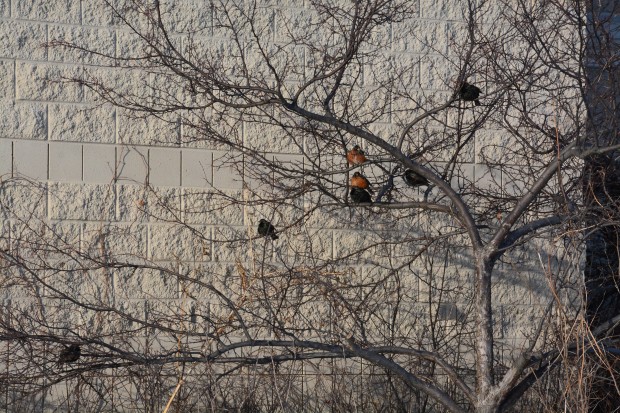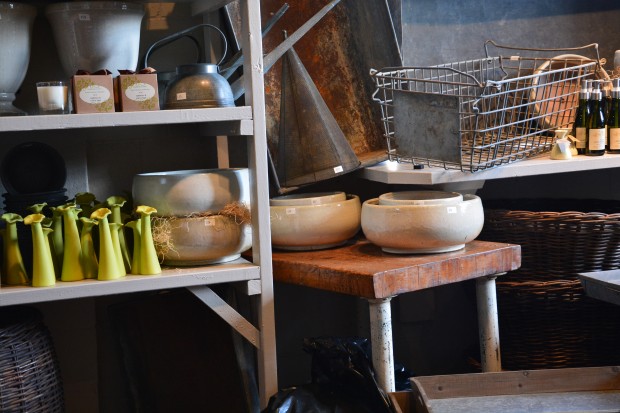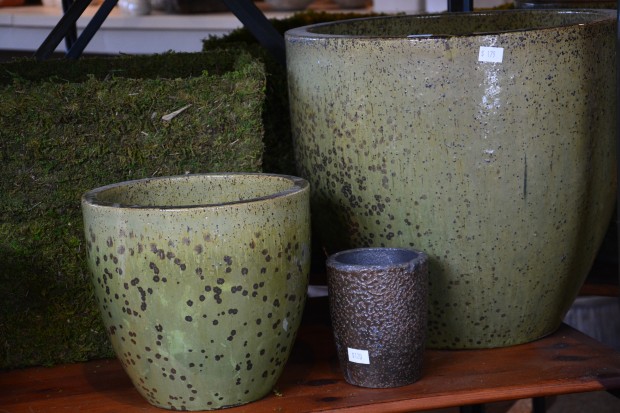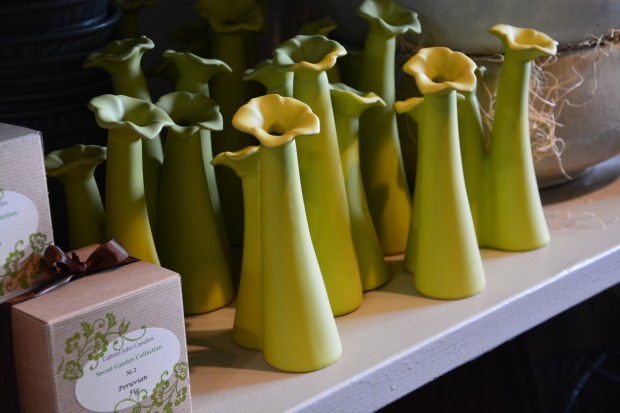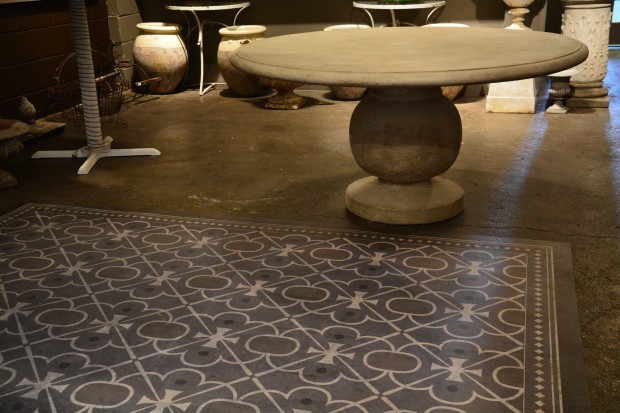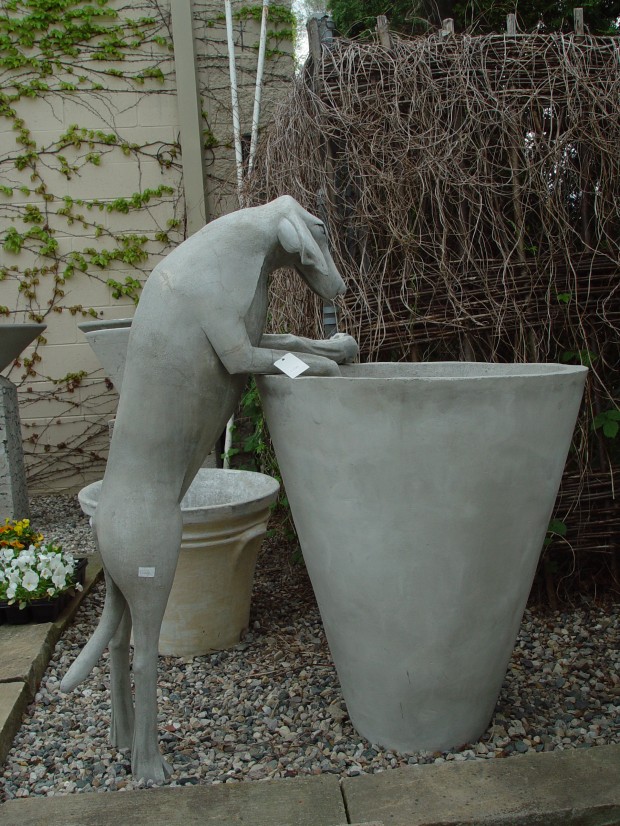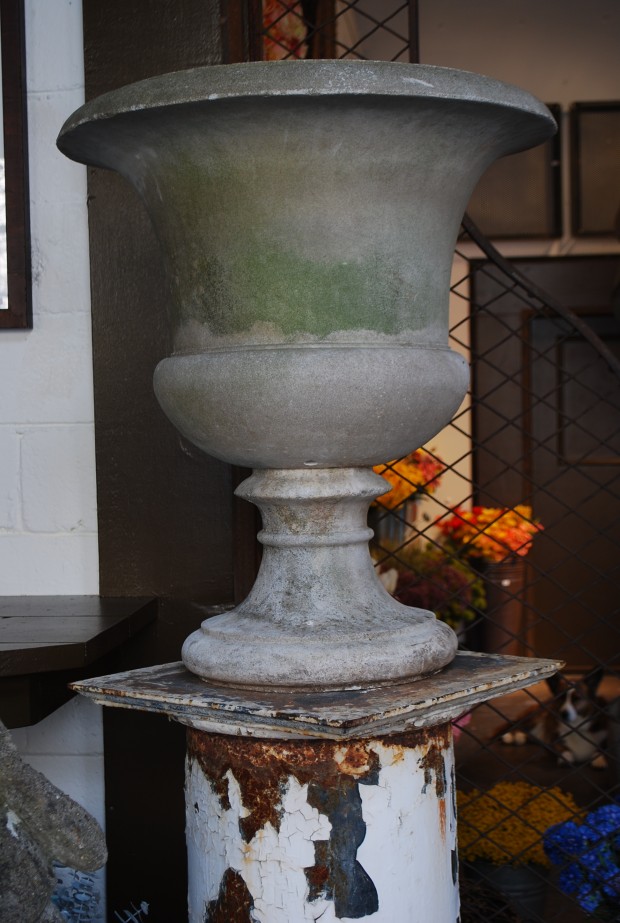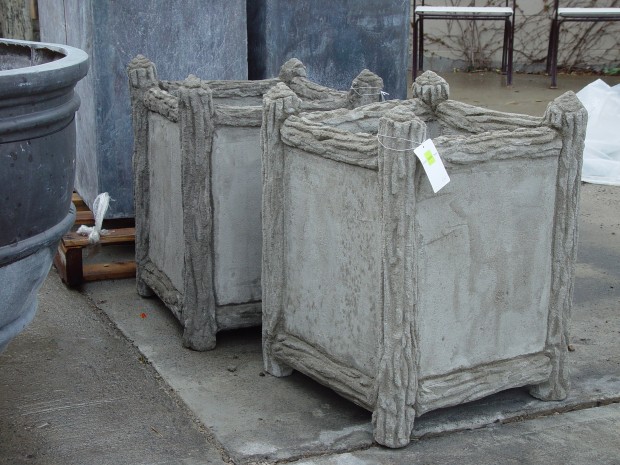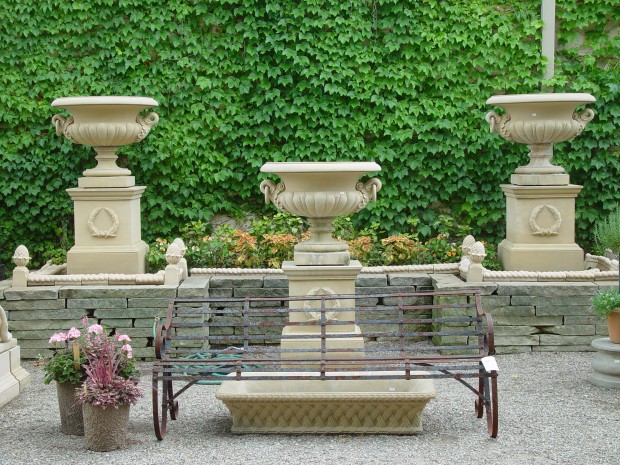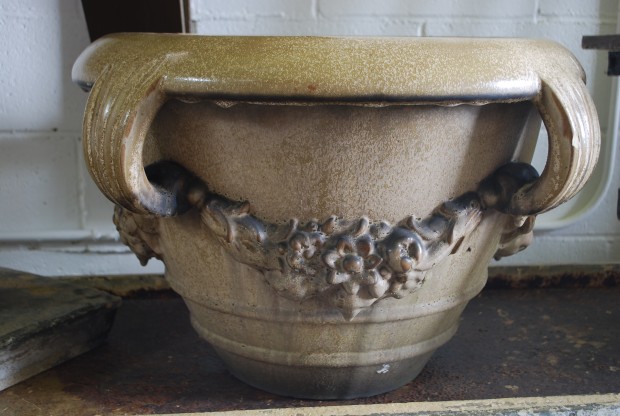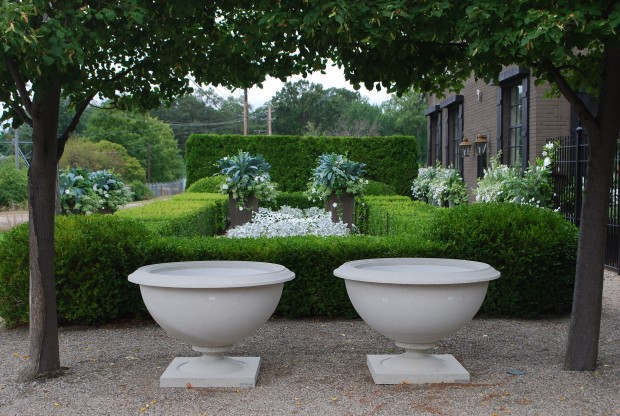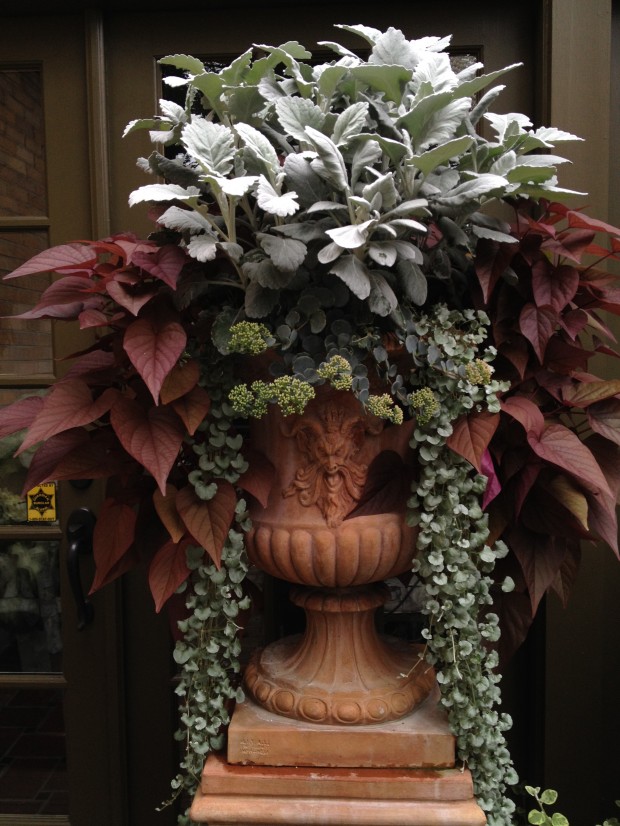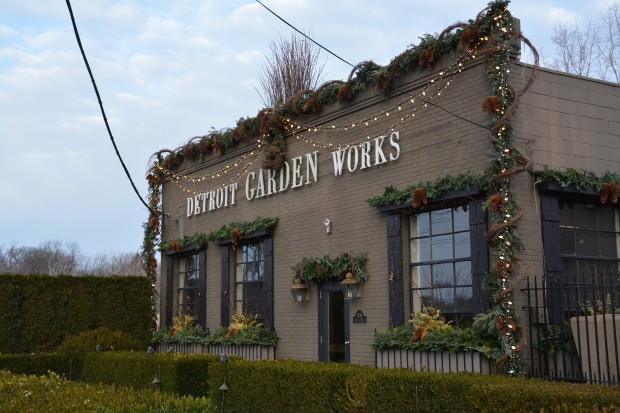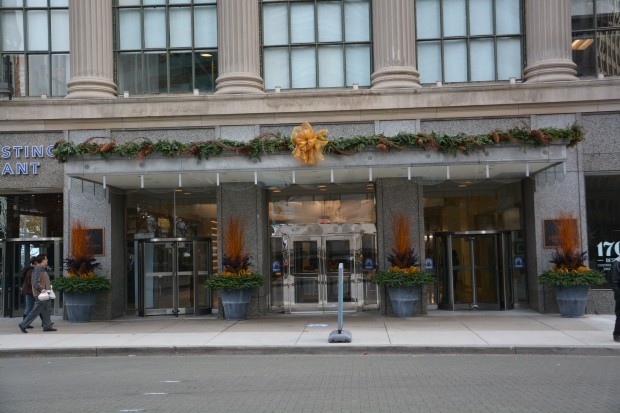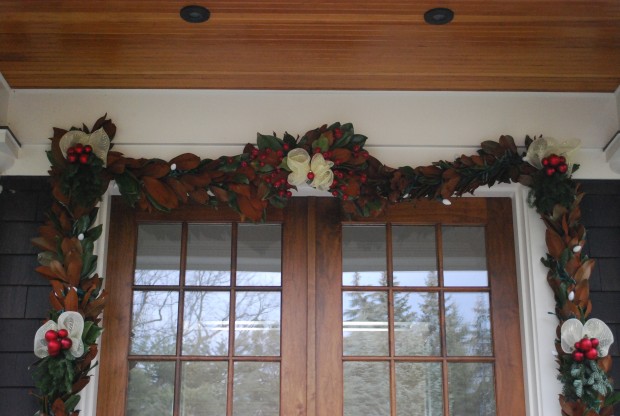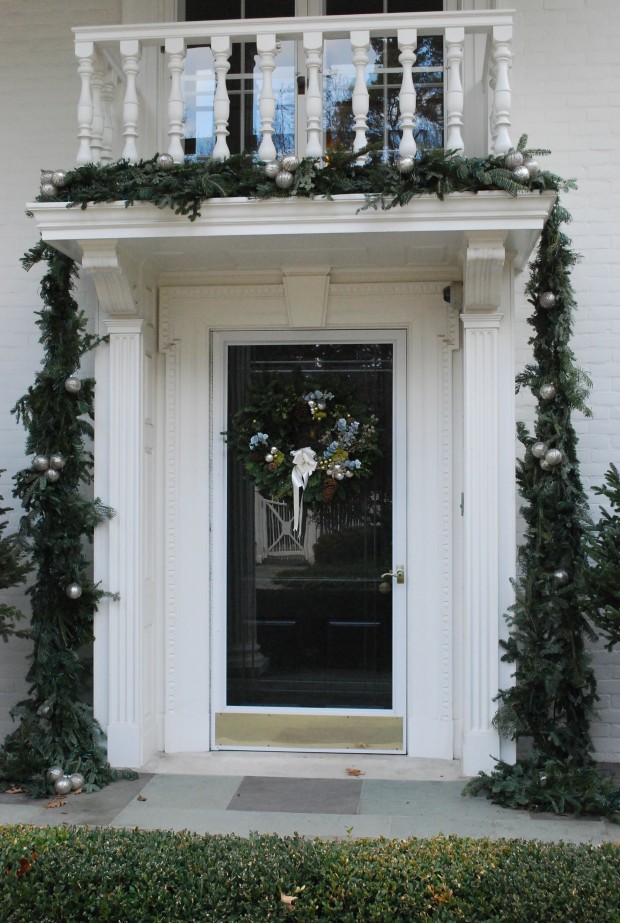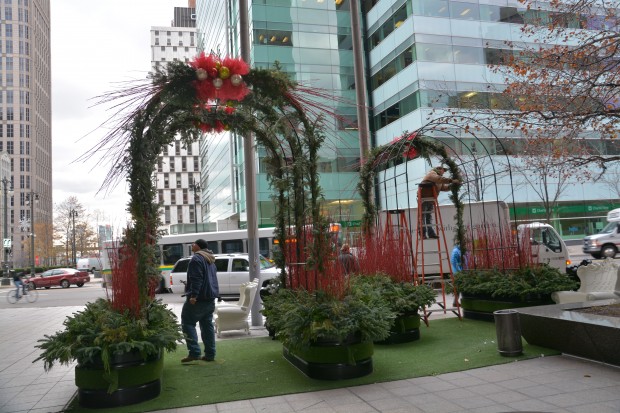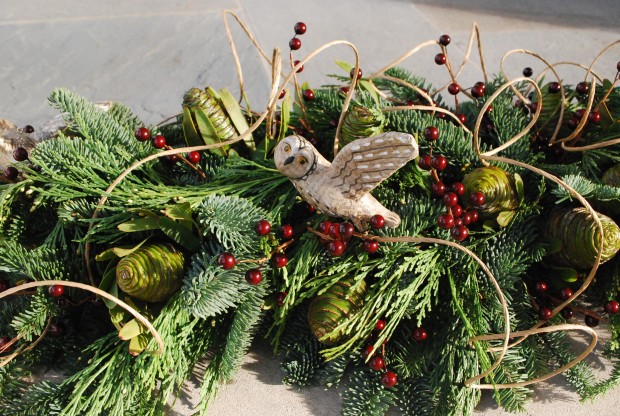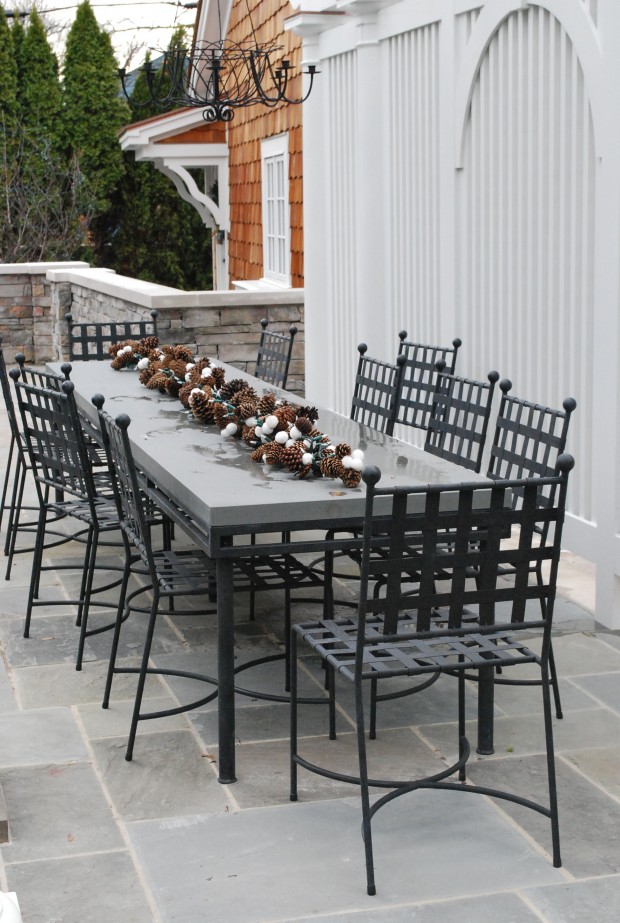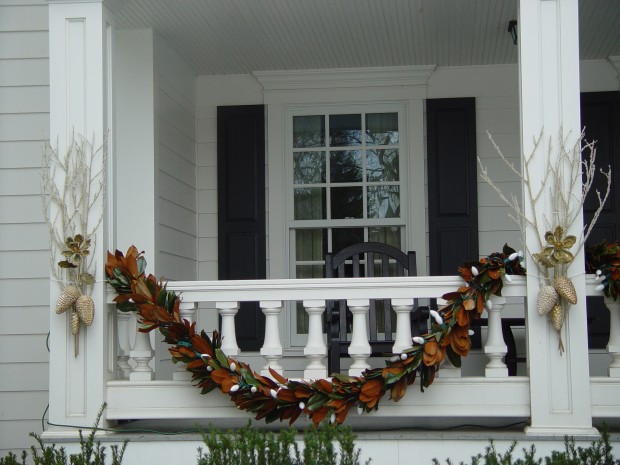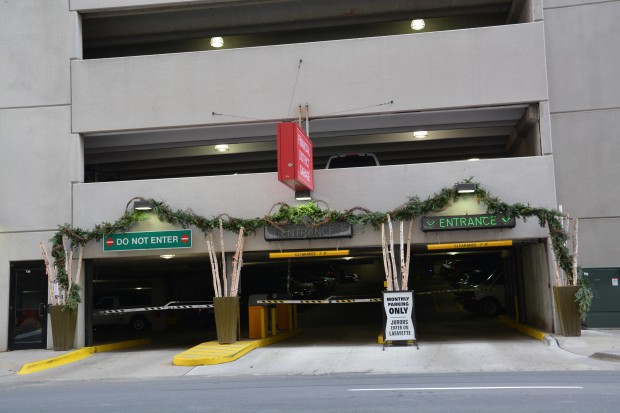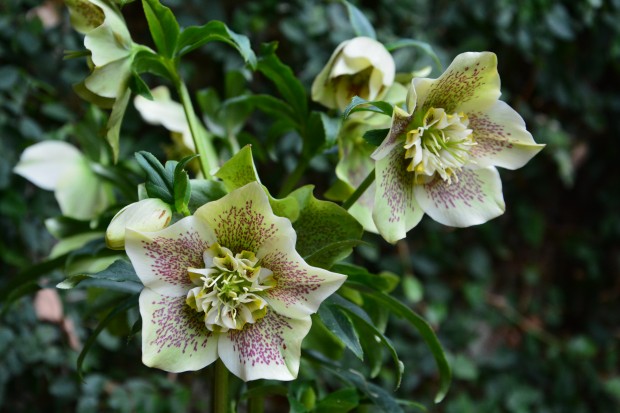 I have only been growing helleborus orientalis in my garden for 10 years or so. Why I was so late adding them to me garden is a mystery. Perhaps they were done blooming by the time I started haunting nurseries for plants. I may have missed them. Perhaps the time it took a hellebore to grow into a decent sized blooming plant was too long to make commercial production widespread. Whatever the reason, I am a fan now. They are sturdy plants with thick leather like foliage. Many of them are hardy in zone 4, which means very hardy. They thrive in light to medium shade, and like alkaline soil-perfect for my yard. In a mild winter, the foliage is evergreen. The color of the petals eventually fade, but they hold onto the stalk for a long time after the flower is spent. In June my plants will look like they are covered with green flowers. My plants are a strain grown from seed called Royal Heritage mix. This mix has been around for a fairly long time, and produces somewhat muted flowers from dark purple to pink, white and green.
I have only been growing helleborus orientalis in my garden for 10 years or so. Why I was so late adding them to me garden is a mystery. Perhaps they were done blooming by the time I started haunting nurseries for plants. I may have missed them. Perhaps the time it took a hellebore to grow into a decent sized blooming plant was too long to make commercial production widespread. Whatever the reason, I am a fan now. They are sturdy plants with thick leather like foliage. Many of them are hardy in zone 4, which means very hardy. They thrive in light to medium shade, and like alkaline soil-perfect for my yard. In a mild winter, the foliage is evergreen. The color of the petals eventually fade, but they hold onto the stalk for a long time after the flower is spent. In June my plants will look like they are covered with green flowers. My plants are a strain grown from seed called Royal Heritage mix. This mix has been around for a fairly long time, and produces somewhat muted flowers from dark purple to pink, white and green.
 Hellebores increase in size slowly, so the prices for good size plants can be considerable. The flowers emerge on leafless stalks in early spring-late March or early April in my yard. The new season’s leaves come from the ground after the flowering cycle is over. They are long lived, and make dense clumps some 18 inches tall or so. They are willing seeders, should you have the mind to grow them on. The species helleborus orientalis features nodding flowers, meaning they face down. You would have to get down on the ground to look up into their faces, or cut the flowers and float them in a bowl.
Hellebores increase in size slowly, so the prices for good size plants can be considerable. The flowers emerge on leafless stalks in early spring-late March or early April in my yard. The new season’s leaves come from the ground after the flowering cycle is over. They are long lived, and make dense clumps some 18 inches tall or so. They are willing seeders, should you have the mind to grow them on. The species helleborus orientalis features nodding flowers, meaning they face down. You would have to get down on the ground to look up into their faces, or cut the flowers and float them in a bowl.
 One can now find varieties with yellow flowers-shocking, this development. The first yellow hellebore I ever saw in person-I could not take my eyes off of it. This development was only the beginning. Breeders in Japan, England, Canada and the US (and no doubt in many other countries) are breeding plants with double flowers. Spots. picotee forms. unusual colors. Helleborus Black Oddyssey is just that-an inky black. Helleborus Ivory Price is a strong grower, and features flowers that face up. Michigan hybridizer Chris Hansen is responsible for breeding a breathtakingly beautiful group of hellebores known as “Winter Thrillers”. Improved flower color, flower size, plant vigor, and foliage are the trademark of these plants. He has been breeding hellebores for over 15 years; his newer introductions are stunning. There is a wealth of information about hellebores on line now. If you are interested, make a cup of coffee, and explore.
One can now find varieties with yellow flowers-shocking, this development. The first yellow hellebore I ever saw in person-I could not take my eyes off of it. This development was only the beginning. Breeders in Japan, England, Canada and the US (and no doubt in many other countries) are breeding plants with double flowers. Spots. picotee forms. unusual colors. Helleborus Black Oddyssey is just that-an inky black. Helleborus Ivory Price is a strong grower, and features flowers that face up. Michigan hybridizer Chris Hansen is responsible for breeding a breathtakingly beautiful group of hellebores known as “Winter Thrillers”. Improved flower color, flower size, plant vigor, and foliage are the trademark of these plants. He has been breeding hellebores for over 15 years; his newer introductions are stunning. There is a wealth of information about hellebores on line now. If you are interested, make a cup of coffee, and explore.
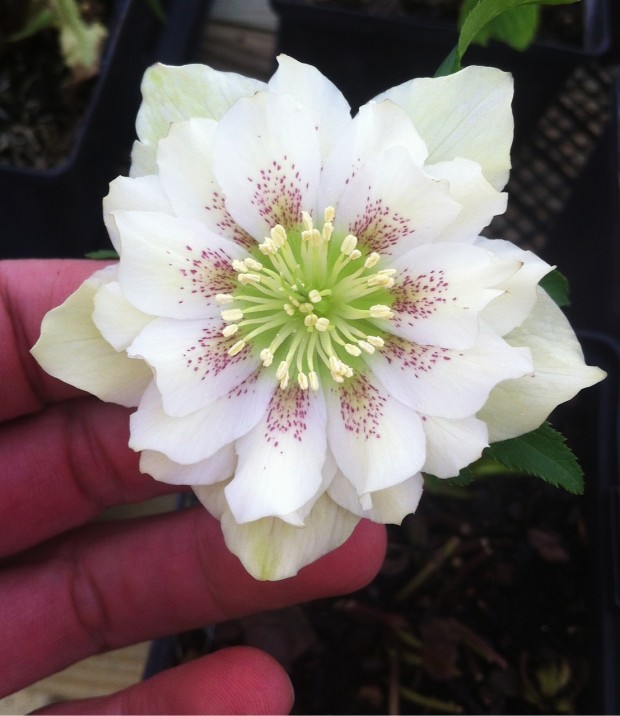 I have never been so much a fan of double flowers. The singles just appeal to me more. This is a preference that is being challenged by the new varieties of double hellebores. A flower such as this is very hard to pass by. A fan of double bloodroot might well be taken with this hellebore. Many of the newer named hellebores are available via the technology of tissue culture. Helleborus orientalis hybrids of old were all seed strains. No technology existed to exactly reproduce a particular plant. Not that I do not treasure seed strains of hellebores. There is always the chance of once in a lifetime spectacular plant. No one discusses the beauty of seed strains better than Carolyn from Carolyn’s Shade Garden.
I have never been so much a fan of double flowers. The singles just appeal to me more. This is a preference that is being challenged by the new varieties of double hellebores. A flower such as this is very hard to pass by. A fan of double bloodroot might well be taken with this hellebore. Many of the newer named hellebores are available via the technology of tissue culture. Helleborus orientalis hybrids of old were all seed strains. No technology existed to exactly reproduce a particular plant. Not that I do not treasure seed strains of hellebores. There is always the chance of once in a lifetime spectacular plant. No one discusses the beauty of seed strains better than Carolyn from Carolyn’s Shade Garden.
 A love for seed strains of hellebores implies a gardener that can successfully bring on seedlings or grow successfully from seed (I am thinking Joseph Tychonievich who grows for Arrowhead Alpines in Michigan)-or that gardener who is intrigued by the prospect of a seedling that is yet to flower. Not your thing? Lots of hellebores are available true to name-meaning they are being reproduced by tissue culture. I do have a few plants from my Royal heritage mix that are extraordinary in plant habit and bloom-others are not so swell. This named cultivar, Anna’s Red, is an outstanding plant. It was named after Anna Pavord, UK gardener and writer.
A love for seed strains of hellebores implies a gardener that can successfully bring on seedlings or grow successfully from seed (I am thinking Joseph Tychonievich who grows for Arrowhead Alpines in Michigan)-or that gardener who is intrigued by the prospect of a seedling that is yet to flower. Not your thing? Lots of hellebores are available true to name-meaning they are being reproduced by tissue culture. I do have a few plants from my Royal heritage mix that are extraordinary in plant habit and bloom-others are not so swell. This named cultivar, Anna’s Red, is an outstanding plant. It was named after Anna Pavord, UK gardener and writer.
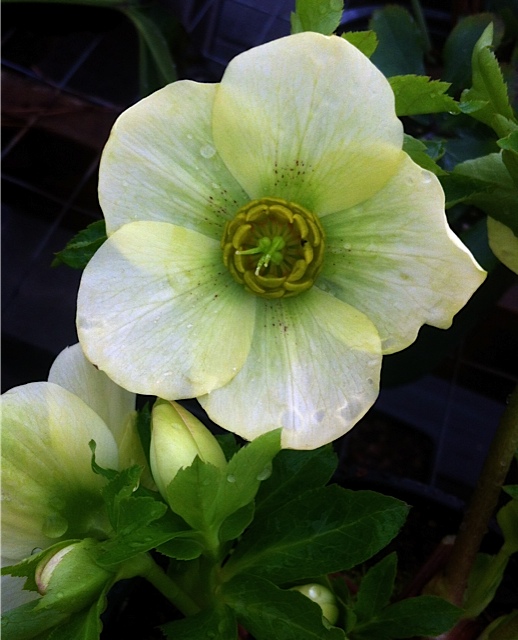 No matter what you might fancy, there is probably a hellebore that will appeal to you. Hellebores, in my opinion, are part of that group of plants that I call fancy plants. Fancy, as in new hybrids of hosta. Fancy, as in unusual. Like the Rembrandt tulips-although their news is now centuries old. Lots of rare and gorgeous plants that gardeners are prone to become besotted over are not such great growers. But I feel convinced that the new hybrids of hellebores are rugged plants. I feel confident in saying any effort you make to grow them will be rewarded.
No matter what you might fancy, there is probably a hellebore that will appeal to you. Hellebores, in my opinion, are part of that group of plants that I call fancy plants. Fancy, as in new hybrids of hosta. Fancy, as in unusual. Like the Rembrandt tulips-although their news is now centuries old. Lots of rare and gorgeous plants that gardeners are prone to become besotted over are not such great growers. But I feel convinced that the new hybrids of hellebores are rugged plants. I feel confident in saying any effort you make to grow them will be rewarded.
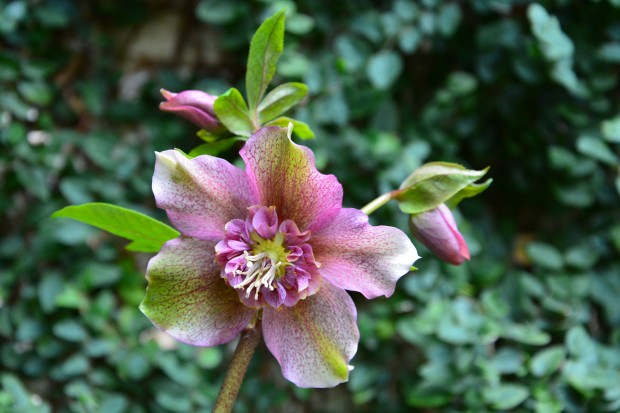 I have never seen one that did not make my heart pound a little faster. This single flower with an anemone center-wow. Though I have always favored green or white single flowered hellebores, I see no good reason not to change my mind. Interested further? The book “Hellebores – A Comprehensive Guide”, written by C. Colston Burrell and Judith Knott Tyler is a classic. Judith’s nursery, Pine Knott Farms, is a major supplier of fine hellebores. Even a casual internet search will provide lots of information and sources for this stellar spring blooming perennial.
I have never seen one that did not make my heart pound a little faster. This single flower with an anemone center-wow. Though I have always favored green or white single flowered hellebores, I see no good reason not to change my mind. Interested further? The book “Hellebores – A Comprehensive Guide”, written by C. Colston Burrell and Judith Knott Tyler is a classic. Judith’s nursery, Pine Knott Farms, is a major supplier of fine hellebores. Even a casual internet search will provide lots of information and sources for this stellar spring blooming perennial.
 Rob always has a fresh idea for Detroit Garden Works. This winter has been so severe and so long, I doubt anyone will be turning over the dirt much in March. The freezing and snowy landscape notwithstanding, every gardener will be ready to talk plants the first day we hit 40 degrees. He has a plan for a big opportunity for some gardening conversation. In late March, we will have over 600 hellebores available for review and purchase. A helleborus Festivalis.
Rob always has a fresh idea for Detroit Garden Works. This winter has been so severe and so long, I doubt anyone will be turning over the dirt much in March. The freezing and snowy landscape notwithstanding, every gardener will be ready to talk plants the first day we hit 40 degrees. He has a plan for a big opportunity for some gardening conversation. In late March, we will have over 600 hellebores available for review and purchase. A helleborus Festivalis.
 Every gardener has a big interest in plants. The plants are a bridge where every gardener of every persuasion might meet. That bridge is a place to be. A chance to move from where we are, given a little conversation and exchange, to where or how we might want to be gardening. We hope you are able to join us March 22nd and 23rd at Detroit Garden Works for a little taste of the spring to come.
Every gardener has a big interest in plants. The plants are a bridge where every gardener of every persuasion might meet. That bridge is a place to be. A chance to move from where we are, given a little conversation and exchange, to where or how we might want to be gardening. We hope you are able to join us March 22nd and 23rd at Detroit Garden Works for a little taste of the spring to come.
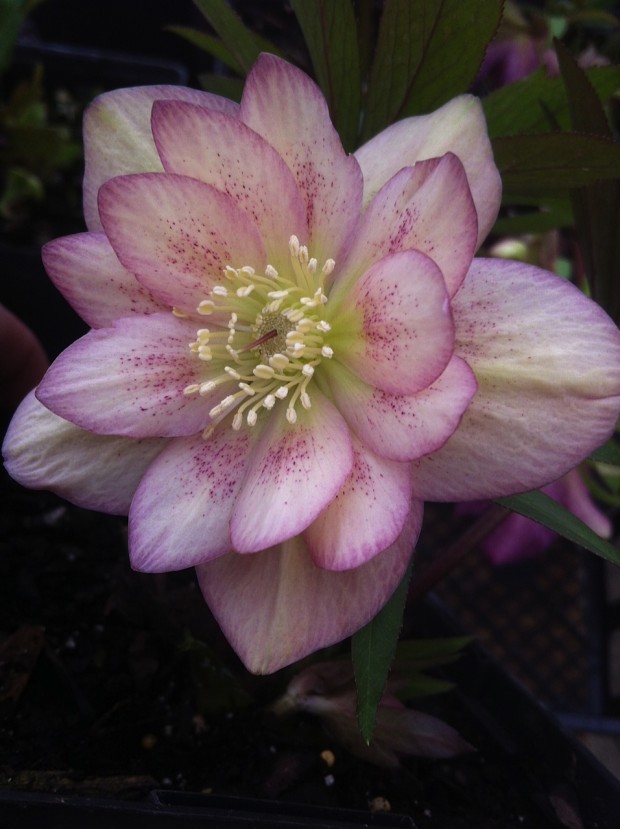 A double pink hellebore might be just the thing to chase away the late winter blues.
A double pink hellebore might be just the thing to chase away the late winter blues.
